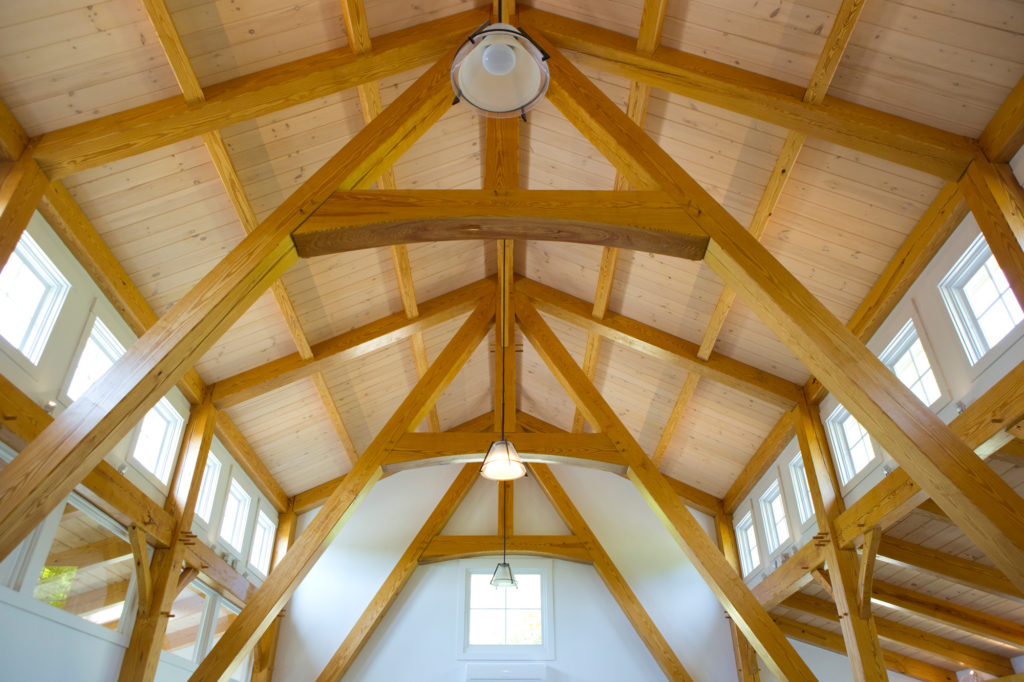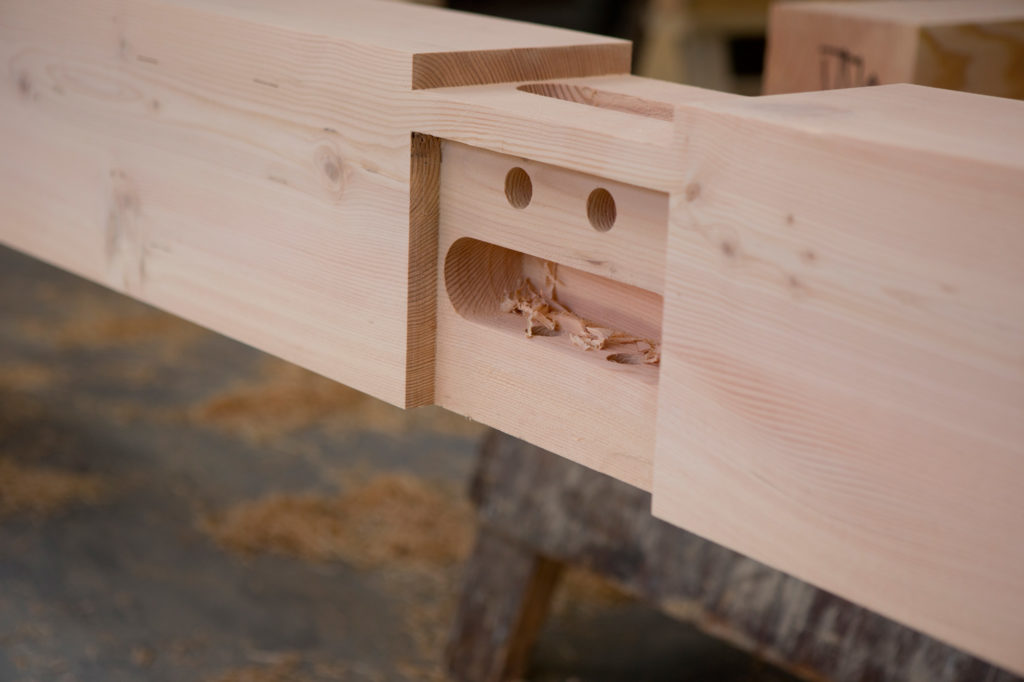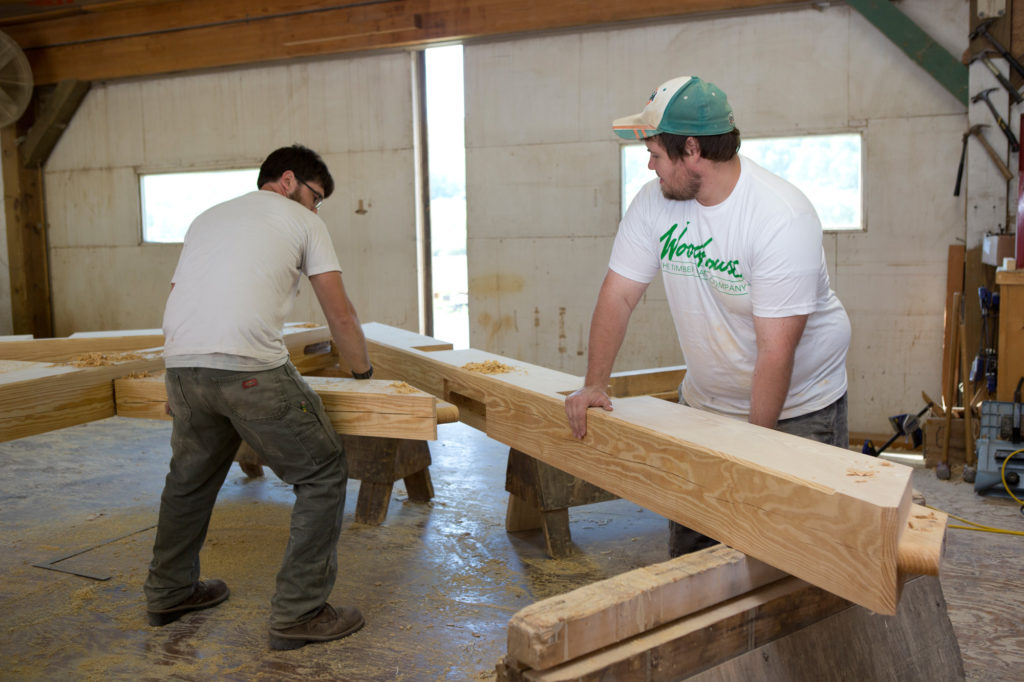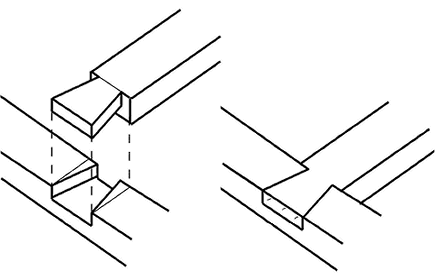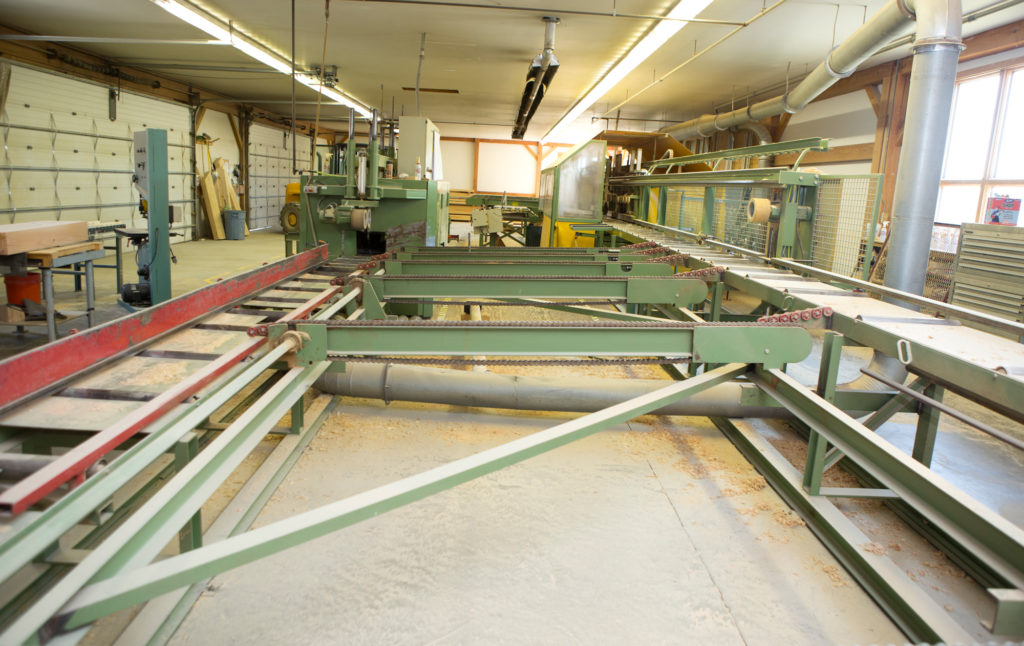Woodhouse timber frame joinery is unique among timber frame manufacturers. Learn about this timber frame staple and how we build on a long, proud timber frame tradition.
In every craft trade, there are certain skill sets that elevate the outcome from standard to extraordinary. For timber frame manufacturers, one of those skill sets is the joinery. At Woodhouse, we’re especially proud of our joinery. While some companies machine-cut and others hand-cut timbers, we do both, using machine-cut joinery with a CNC machine for accuracy, competitive pricing, and efficient production, and hand-finishing for superior quality and beauty.
We’ll introduce you to the basics of joinery and its role in bringing a timber frame home to life. Keep reading to learn about joinery as a time-tested building system, different types of timber frame joinery, and the methods timber frame companies use to create joinery, including our unique and customer-focused approach.
Joinery: A Time-Tested Building System
When it comes to homes, you cannot have woodworking without joinery. As the name implies, it’s what holds one piece of wood to another. In conventional homes, nails hold wood together and the system is hidden inside the walls. In timber frame homes, much of the joinery is hidden in plain sight.
Timber framing, as a building system, has been around for thousands of years. Across the world, many timber frame structures that were built centuries ago — homes, castles, churches, inns, temples, and more — are still standing.
Of course, different cultures developed different timber building systems and timber experts believe the differences between European and North American joinery techniques were primarily influenced by the environment. North American settlers had relatively easy access to very large timbers. Europe had run out of large timbers long before and developed joinery that reflected how builders were compensating with smaller trees.
How Does Timber Frame Joinery Work?
Timber frame joinery is the intersection between two or more timbers for a strong and aesthetically pleasing connection. There are many types of joinery used in a timber frame structure. The three most common types of joinery used in timber or post and beam buildings are:
Mortise and Tenon Joints
These joints have adjoining pieces that connect at an angle, which help transfer loads from horizontal to vertical timbers (think of a peg going into a hole). This joint typically has a 45° diagonal piece called a brace or strut that helps stabilize the beams. Because mortise and tenon joints are pegged, they can be stronger than lap joints which use nails or screws.
Lap Joint
A joint made by halving the thickness of each timber at the joint and fitting them together (think of them as overlapping). These joints are used on outside corners or where beams intersect and are commonly nailed or screwed. You do not typically find lap joints used in historical European structures because steel for nails was a limited resource.
Dovetails
This is a flaring lap joint. The dovetail flare tightly interlocks the two pieces of timber and prevents them from slipping apart from one another. Dovetail joints are ideal for special modifications and work well for a high-tension application. You typically would find this joint at a collar tie or joist location.
Systems for Creating Joinery
Just as the type of timber frame structures vary between North America and Europe, so do the systems for creating timber frame joinery. Europeans used a system called “scribing” where a person holds up one timber to another and hand-cuts each piece for a perfect match. Because all the joints are unique to the size of the timbers, they cannot be used interchangeably. North Americans adapted a technique called “square rule” which makes the same cuts in many locations. This allows for a repetitious build which erects bigger structures faster. Square rule layout is based on the awareness that within every irregular hand-hewn timber is the potential for a slightly smaller perfectly straight and square timber. At joinery locations, the joiner aligns his or her joinery with that imaginary perfect timber, allowing interchangeability of parts, since the irregularities of an individual member are no longer relevant.
When it comes to a system for timber frame joinery in modern times, most timber frame companies are split into two camps: machine-cut or hand-cut timbers. Woodhouse is a little different because our system adopts the best features of each. We start with machine-cut joinery to ensure accuracy and efficiency, which reflects in our competitive pricing. We are also craftsmen. We hand-finish our joinery for the superior quality and beauty that you want in your authentic timber frame home.
The result is a building system and application of craftsmanship that makes our structures strong and appealing to the eye. Discover how we can personalize your home and floor plan to your specific tastes. Find out how much your custom Woodhouse timber frame home will cost with our Dream Home Budget Calculator. This is your year to begin your timber frame house journey. Contact us and we’ll give you honest advice, help you explore your options, and get you started.
